The American Museum of Natural History (AMNH) in New York has a transformative and grand new wing. Although much attention has been paid in recent years to the institution’s main east entrance facing Central Park, where the debate raged on the fate of an offensive statue of Theodore Roosevelt – it was removed early 2022—the institution planned and built the $465 million, 230,000 square foot Richard Gilder Center for Science, Education and Innovation on its west side, Columbus Avenue for nearly a decade.
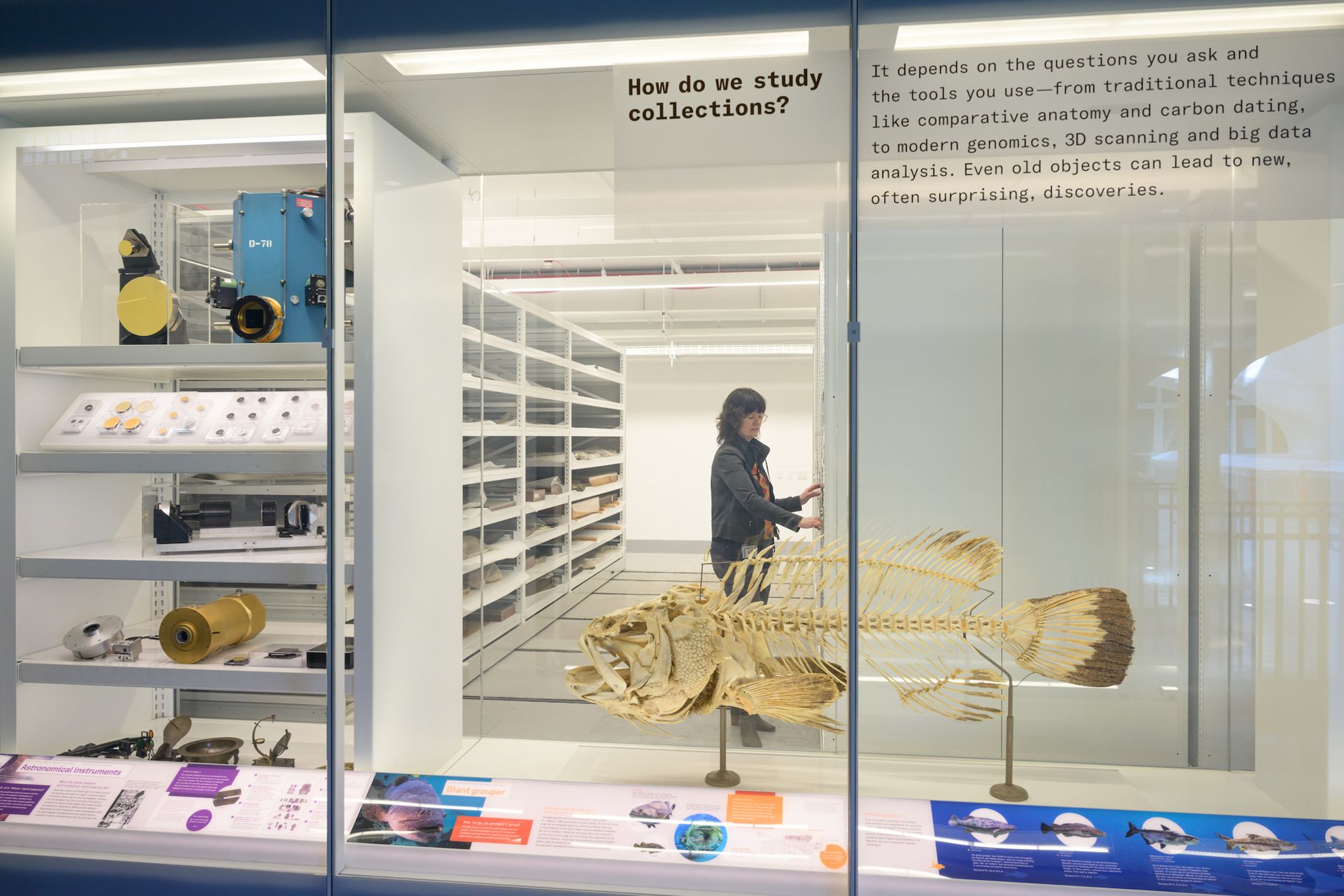
Working collections in the core of the Louis V. Gerstner, Jr. Collections of the new Gilder Center of the American Museum of Natural History Alvaro Keding, © AMNH
The new complex, the Gilder Center for short, opened to the public earlier this month. It adds a dramatic new entrance and gathering place to AMNH’s sprawling campus and helps unravel its tangled web of wings and hallways, connecting to half of the complex’s 20 buildings in 33 different locations. It follows the recent renovations of the museum gems and minerals roomand his Northwest Coast Room.

The Davis family butterfly vivarium in the new Richard Gilder Center for
Science, education and innovation Alvaro Keding, © AMNH
The center houses new exhibition and presentation spaces dedicated to insects, a restaurant, visible reserves, a library, classrooms, laboratories, etc. It includes a butterfly vivarium, where visitors can stroll among hundreds of live specimens fluttering in a lush tropical setting. Another permanent feature is an immersive and interactive video experience called “Invisible Worlds” which focuses on miniature and microscopic natural processes like the firing of brain neurons, the exchange of nutrients and water between tree roots and trees. importance of plankton for ocean ecosystems.
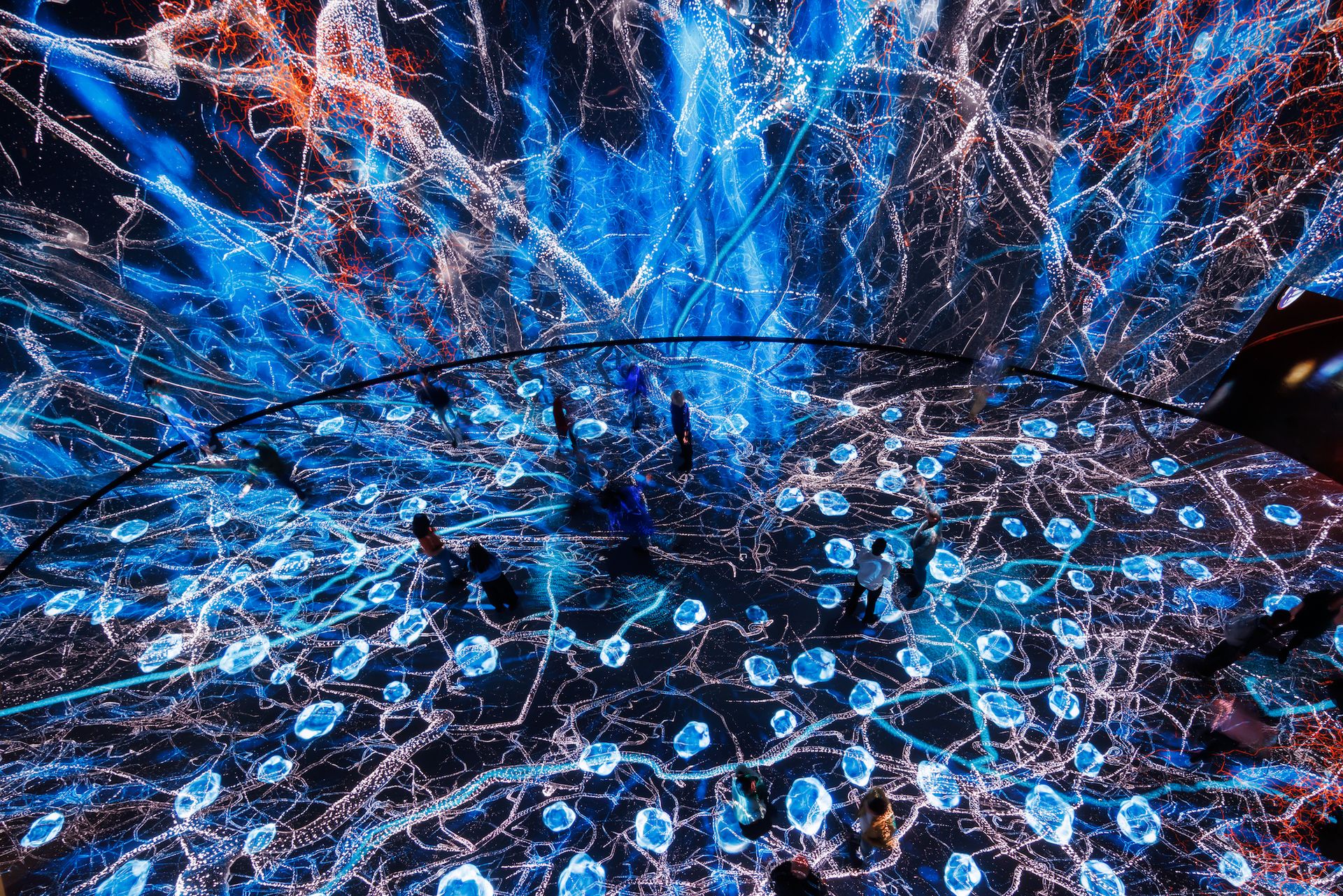
The immersive “Invisible Worlds” experience at the Gilder Center Photo: Iwan Baan
For the museum’s longtime leader, Ellen Futter, now president emeritus after resign earlier this year and replaced by Sean M. Decatur, the Gilder Center fulfills a key function at a time when science is increasingly politicized. “The purposes of this building have been intensified and made all the more urgent by the pandemic and the emergence of a post-truth world,” Futter said at a press conference. “This building is an antidote to misinformation and scientific denial.”
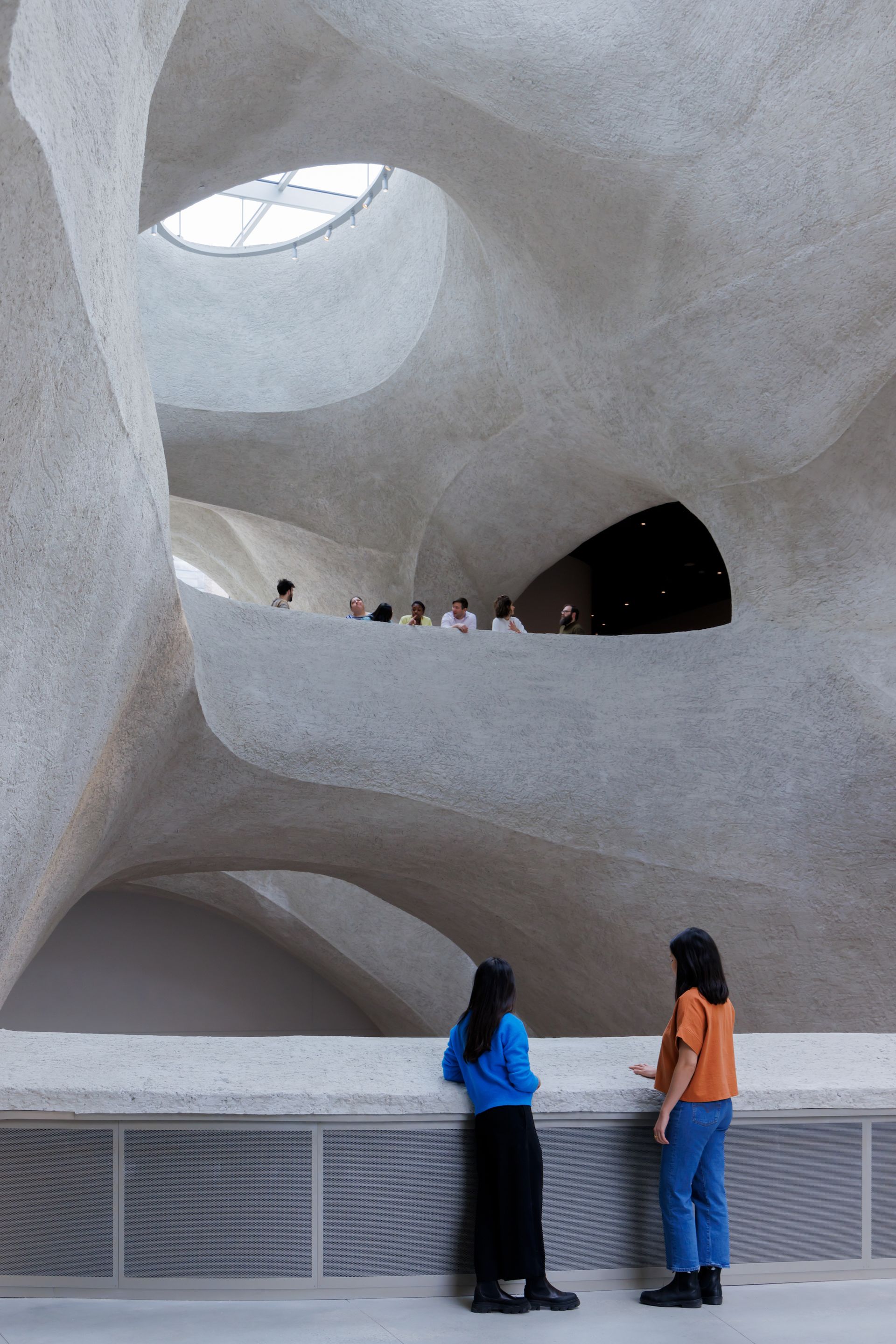
Sightlines from Gilder Center Third Floor Deck Photo: Iwan Baan
The center achieves this in part by instilling an irrepressible sense of wonder and wonder at the natural world, which some of the older exhibits and classic museum spaces can’t quite evoke. Designed by Chicago-based architecture studio Studio Gang (which has also just completed a Connective Extension of the Art Museum of Arkansas), the Gilder Center looks quite elegant and low-key from the outside, perhaps partly because of opposition curators after the project was first announced in 2014.
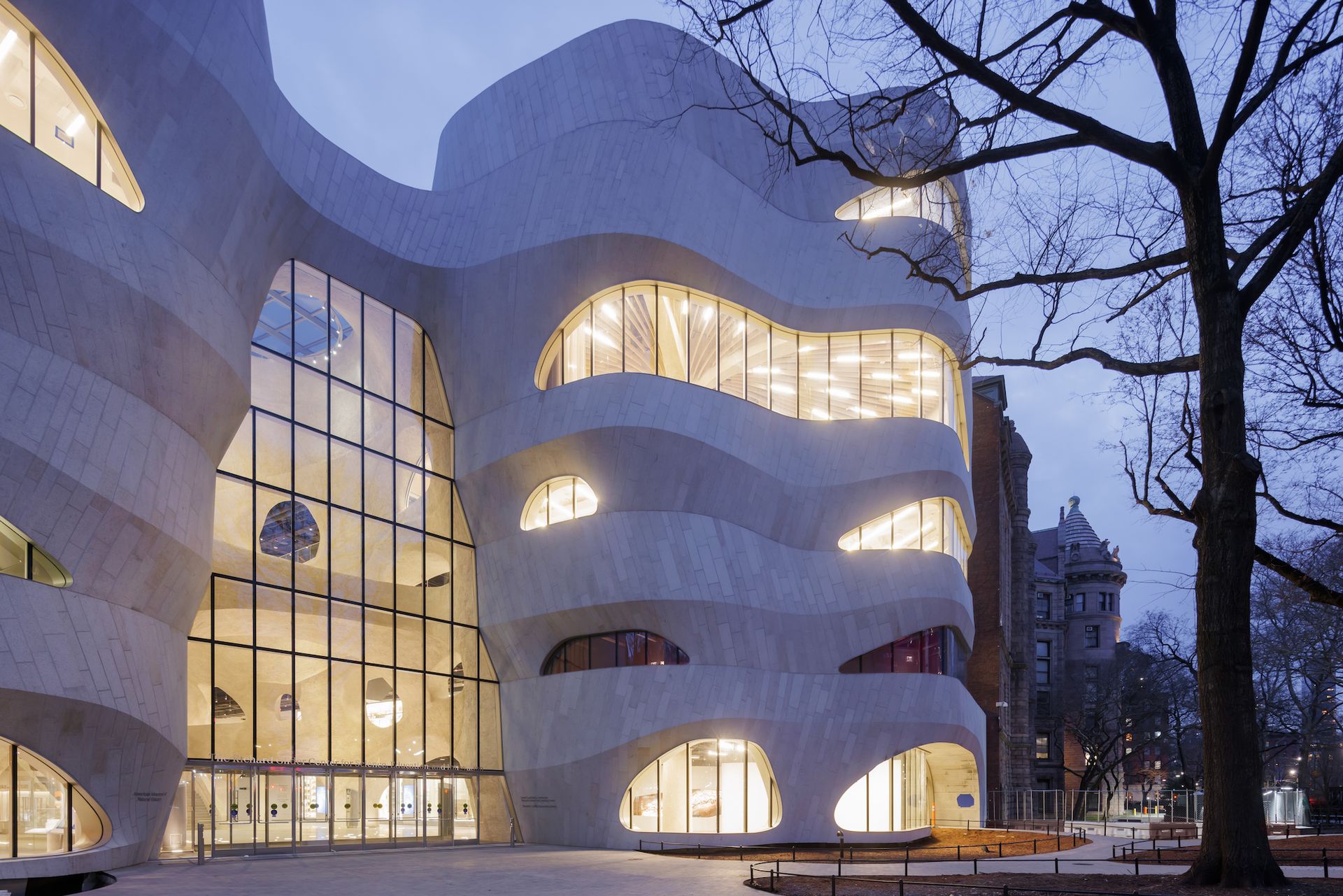
The exterior of the American Museum of Natural History’s new Gilder Center at dusk Photo: Iwan Baan
“We wanted the building to offer and open an invitation, to bring new levels of visibility into the museum, and to be as visible and accessible as possible,” said Jeanne Gang, founder and director of Studio Gang. She described the center as “an innie building” that invites visitors inside, rather than projecting out. It was designed “as if it had been carved out of a solid block”.
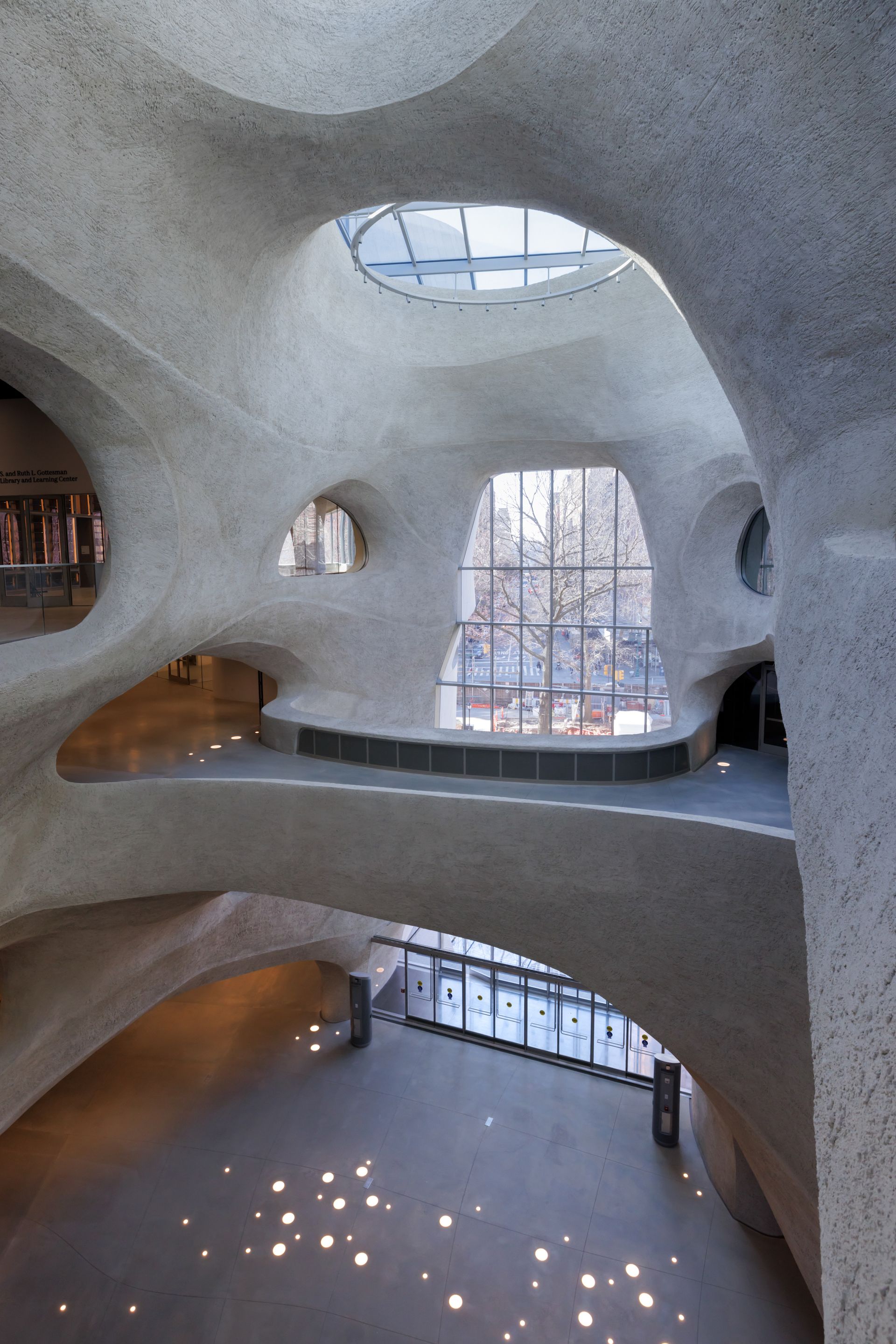
The Kenneth C. Griffin Exploration Atrium at the Gilder Center Photo: Iwan Baan
Entering its five-story atrium, with its dramatic skylights and gently rounded concrete surfaces, transports visitors to river-carved canyons in the desert southwest, or perhaps underwater to at a tropical coral reef. The soaring space features slender forms and dramatically suspended walkways. It is a stunning addition to both the AMNH campus and the public architecture of New York City, which has nothing to compare.
